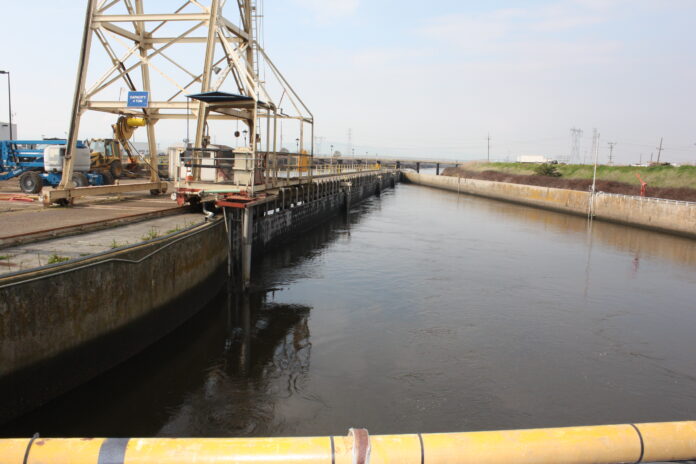 By Chris Austin This article first appeared in Maven’s Notebook
By Chris Austin This article first appeared in Maven’s Notebook
One of the many permitting hoops that the Delta Conveyance Project must jump through on the road to construction should it be approved is the determination of consistency with the applicable policies in the Delta Stewardship Council’s Delta Plan, most notably policy WRP 1, which requires demonstration of reduced reliance on the Delta. The controversial project is all but certain to be appealed, so with hundreds of water agencies poised to benefit from the project, just how can reduced reliance be demonstrated?
WRP 1, which requires demonstration of reduced reliance on the Delta. The controversial project is all but certain to be appealed, so with hundreds of water agencies poised to benefit from the project, just how can reduced reliance be demonstrated?
The logical place to find the data would be from urban and agricultural water management plans, which are required for all urban and agricultural water suppliers except for the smallest entities. At the November meeting of the Delta Stewardship Council, Katherine Marquez from DWR and Jennifer Nevills from Metropolitan Water District summarized recent work completed to assemble the data that was included in the 2020 urban and agricultural water management plans that have been prepared by numerous water suppliers who would receive water from the Delta Conveyance Project.
Ms. Marquez and Ms. Nevills were part of a collaborative process involving folks from the Delta Stewardship Council, DWR, and public water agencies who developed a methodology that was included in the 2020 urban and agricultural management plan guidebooks. Since including this information in ag and urban water management plans is optional, DWR’s Delta Conveyance office sent letters to State Water Project contractors encouraging them to include this data in their 2020 plans, both to support the record for a potential future certification for the Delta Conveyance Project and to help them with any potential other future covered actions they may participate in.
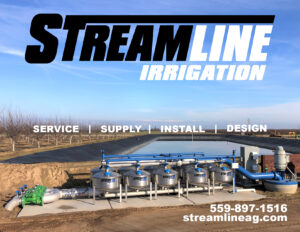 They then surveyed the submitted plans, and what they found was that out of 245 urban water suppliers, 238 of them had completed an urban water management plan. Of those 238, 52 demonstrated reduced reliance on the Delta specifically following the guidelines in the guidebook; 119 showed regional self-reliance improvements rather than changes in Delta reliance; and 67 fell into other designations that needed additional work.
They then surveyed the submitted plans, and what they found was that out of 245 urban water suppliers, 238 of them had completed an urban water management plan. Of those 238, 52 demonstrated reduced reliance on the Delta specifically following the guidelines in the guidebook; 119 showed regional self-reliance improvements rather than changes in Delta reliance; and 67 fell into other designations that needed additional work.
Out of 11 agricultural water suppliers, 10 of them had completed a plan as of spring. Seven showed reduced reliance, and three fell into other designations, where they didn’t necessarily follow the approach that was outlined but provided other data showing reductions in use from historical or future expected reductions in use or reductions in applied water per unit of production.
So, in summary, Ms. Marquez said that out of the 238 urban water management plans reviewed, 225 demonstrated a pathway to reduced reliance or increased regional self-reliance, and out of the ten ag plans evaluated, nine demonstrated a reduced reliance pathway. They also noted that overall urban and ag use is expected to continue to decline in total in the future. From the baseline to 2030, urban water use is expected to fall by another 15% over that period. Agricultural use is expected to reduce by about 19% and 2030 and 27% by 2070.
Ms. Marquez noted that their analysis collected data previously not available in the format identified in the policy, and since it is optional, there is no guarantee that it will be included in future plans. And since the policy specifically seeks to collect the data on an individual supplier basis, that may not fully capture all the contributions that an individual supplier is making towards reduced reliance or improving regional self reliance because of the contributions they might be making on a regional or statewide basis.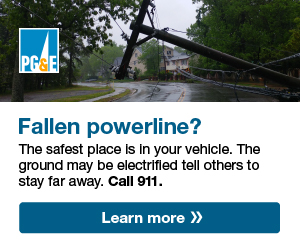
She closed by noting that the data and techniques developed for this process are now available to support any other future covered action that might trigger this policy, and the data collected could support several Delta Plan performance measures related to urban and ag water management plans.
Voluntary agreements discussed at the California Water Commission
At the November meeting of the California Water Commission, Erik Loboschefsky with DWR briefed the Commissioners on the voluntary agreements, now rebranded to ‘Agreements for healthy rivers and landscapes.’ (I’ll stick with VAs; it’s shorter.)
There weren’t really any surprises in the presentation. To recap, the VAs would provide new flows of 750,000-825,000 acre-feet in dry water years, below normal water years, and above normal water years. The water would be specifically for instream flow benefits as well as inflow to and outflow from the Delta. The water will come from sources in the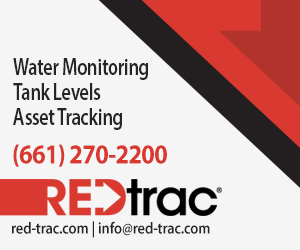 tributaries, reduction of exports from the south Delta, and water purchased specifically for environmental benefits. The VAs would build 30,000 acres of new habitat restoration, have shared governance and science, and oversee flow operations and accounting. Local agencies and others would share the funding for this program.
tributaries, reduction of exports from the south Delta, and water purchased specifically for environmental benefits. The VAs would build 30,000 acres of new habitat restoration, have shared governance and science, and oversee flow operations and accounting. Local agencies and others would share the funding for this program.
Mr. Loboschefsky pointed out the synergistic benefits of flow and habitat: as habitat and flow are combined, there may be increased species resiliency between those two things functioning together again, rather than either one of them by themselves, he said.
During public comment, Erin Woolley of the Sierra Club pointed out that the voluntary agreements have been put together in backroom negotiations without the input of environmental organizations, environmental justice organizations, fishing groups, tribes, or other community leaders. When given a chance to respond during the discussion period, Mr. Loboschefsky said that they would welcome the participation of NGOs and tribes and they just need folks to reach out.
environmental organizations, environmental justice organizations, fishing groups, tribes, or other community leaders. When given a chance to respond during the discussion period, Mr. Loboschefsky said that they would welcome the participation of NGOs and tribes and they just need folks to reach out.
Commissioner Sandi Matsumoto said that there’s a reason why the NGOs are not part of the conversation right now, and it goes back to the dueling hypotheses around the degree to which flows are a part of the solution set and the degree to which habitat in tandem with flows can offset increasing flows. “What the VAs are doing is a bet on the hypothesis that if we do habitat in place of those flow increases, that we can basically achieve better conditions for salmon. At the end of eight years, is there an opportunity to then test the alternative hypothesis if the current hypothesis is not working?”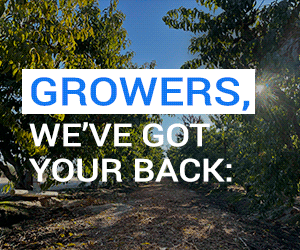
Mr. Loboschefsky noted that there is a red/yellow/green light process tied back to the science and governance structure. “If we implement these acres of habitat, deploy these flows, do the right monitoring and science, what are we learning from all of that? Quite simply, is this conglomeration of components of flow and habitat working together actually producing benefits and improving species trajectories? Eight years is a short amount of time, maybe two life cycles of salmon. So, there’s only going to be so much we’ll be able to learn.”
Ms. Matsumoto noted that habitat restoration takes many years to mature and produce benefits and a corresponding ecological response. “My concern is that we say we just don’t know yet. And then that’s an automatic yellow light, let’s keep going and keep trying and make a few tweaks. And it’s a continued bet on this hypothesis that habitat without a significant increase in flows is actually a path forward. So, is there a way of making a different decision within eight years? I wonder, how do we make sure that we’re not pre-determining the outcome eight years from now?”
“I would hope that we don’t pre-determine what happens in year eight. We do need to put together the right science and monitoring infrastructure to the degree we can to best inform an understanding of what we are seeing through those installations of habitat and flows, understanding it can take time for the habitat to mature,” said Mr. Loboschefsky. “I think that’s where that strong component of science and monitoring in this program really needs to be used in full force to understand what types of science activities can occur, if they’re not already occurring, to best understand and inform that that eight-year decision. And I think equally on the other side, prescribing that we would switch to the other hypothesis with 100% certainty is also equally uncertain.”
think that’s where that strong component of science and monitoring in this program really needs to be used in full force to understand what types of science activities can occur, if they’re not already occurring, to best understand and inform that that eight-year decision. And I think equally on the other side, prescribing that we would switch to the other hypothesis with 100% certainty is also equally uncertain.”
Voluntary agreements: Make your voice heard
This is a pivotal moment for the voluntary agreements and our approach to managing the Delta. Whether you are for the voluntary agreements or opposed to them, now is the time to make yourself heard. The third and final day of public hearings will be on December 11, beginning at 12pm and stretching into the evening. Written comments are due by January 19, 2024. In my opinion, the more folks the State Water Board hears from, whatever their viewpoint might be, the better, so please consider adding your voice to the mix.
to make yourself heard. The third and final day of public hearings will be on December 11, beginning at 12pm and stretching into the evening. Written comments are due by January 19, 2024. In my opinion, the more folks the State Water Board hears from, whatever their viewpoint might be, the better, so please consider adding your voice to the mix.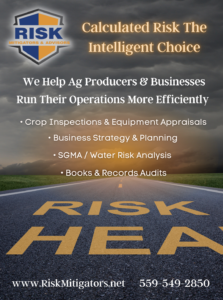
Click here for the notice and instructions for making comments.
Click here to register to give your comments at the hearing.
Here is my write-up of the Board presentation on the staff report.
Check out the archives for the voluntary agreements and the Bay Delta Water Quality Control Plan.
Publisher’s note: Chris Austin, otherwise known as Maven, has been publishing Maven’s Notebook since 2013 and has been aggregating California water news since 2007. We at WaterWrights.net thank her for permission to reprint the above and encourage you the reader to follow Maven.This article first appeared in Maven’s Weekly Water Blast, the newsletter for donors and sponsors of Maven’s Notebook. Make a donation and get all the week’s events plus news and insights not always published on the Notebook delivered to your inbox Monday mornings.
DISCLAIMER OF RESPONSIBILITY; Waterwrights.net strives to provide its clients with the most complete, up-to-date, and accurate information available. Nevertheless, Waterwrights.net does not serve as a guarantor of the accuracy or completeness of the information provided, and specifically disclaims any and all responsibility for information that is not accurate, up-to-date, or complete. Waterwrights.net’s clients therefore rely on the accuracy, completeness and timeliness of information from Waterwrights.net entirely at their own risk. The opinions expressed in this report are those of the author and do not represent any advertisers or third parties.
ALL RIGHTS RESERVED. Copyright 2023 by WaterWrights.net







